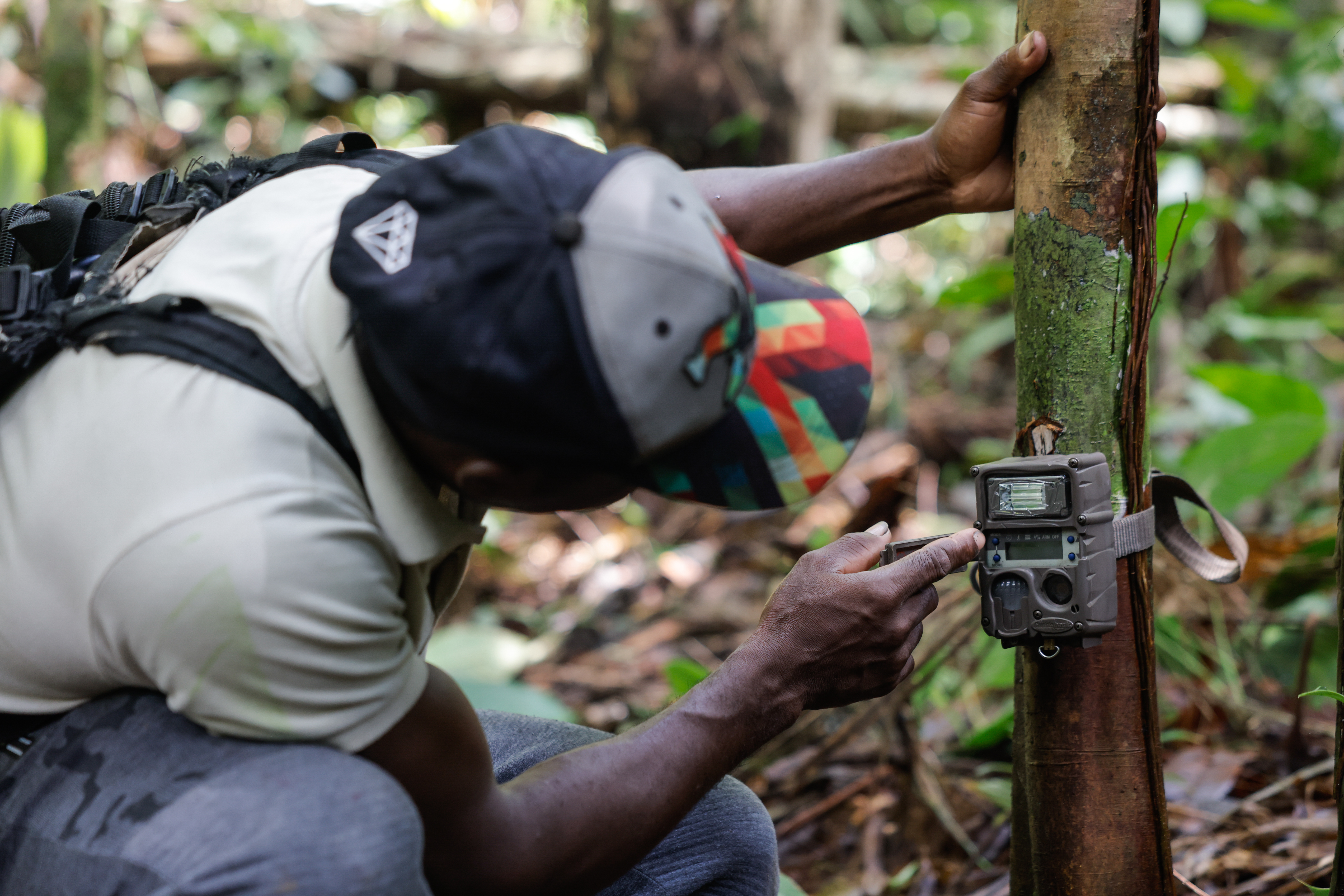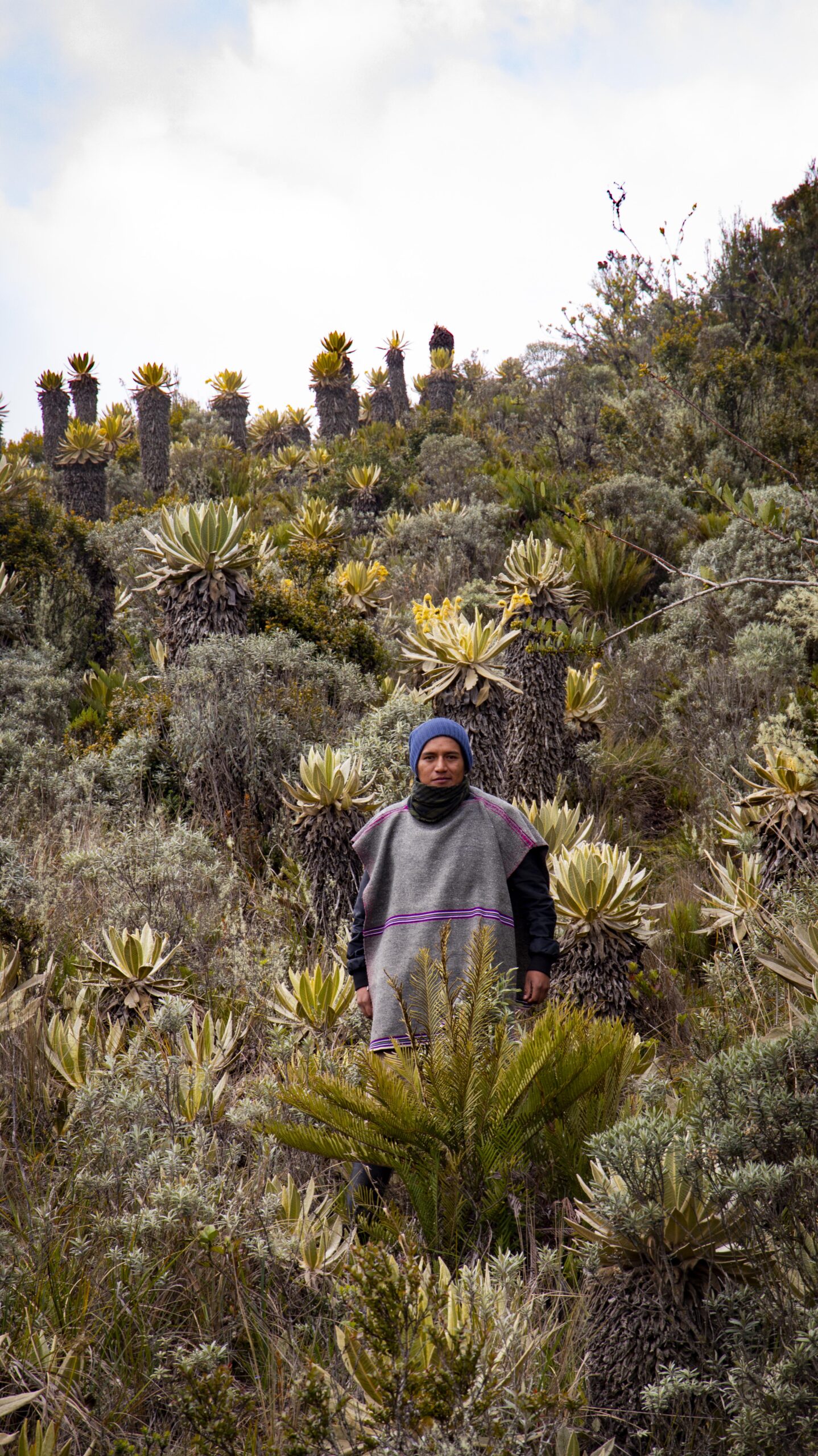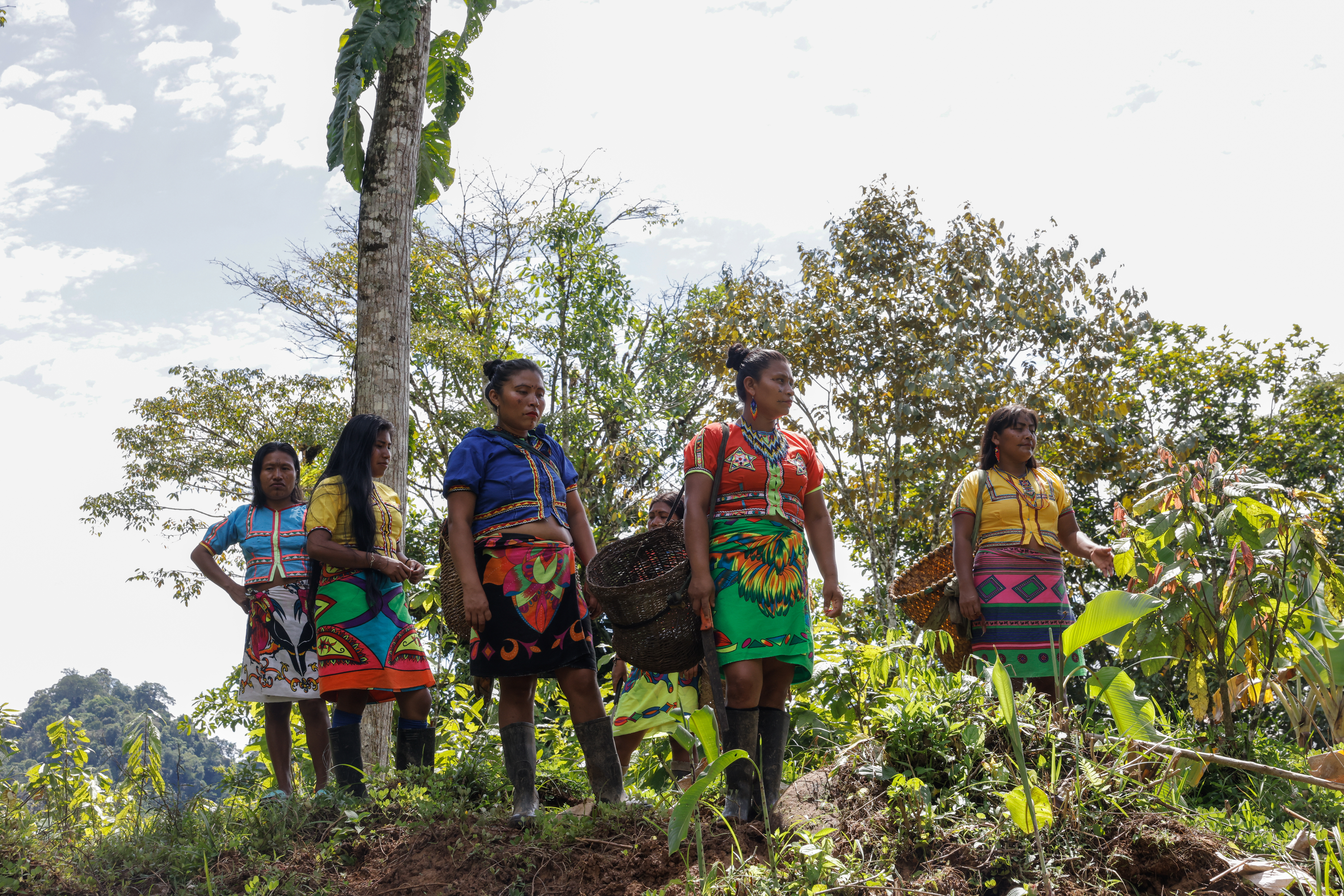Case Study
Empowering Colombian Communities Through Climate Finance
Nature-Based Solutions Aligned with Local Priorities and International Best Practices
Climate Finance

The Challenge
Despite Colombia’s early leadership in voluntary carbon markets, Afro-Colombian and Indigenous communities face unclear regulations, low market confidence, and other steep barriers to accessing carbon finance. In the high Andean forests and páramos – crucial water sources for over 70% of the population – these obstacles are coupled with a lack of emissions measurement protocols complex ecological conditions that slowed carbon accounting. Long-standing policy exclusion, weak governance, and limited technical capacity further hinders community participation in carbon markets. Forest and water resource stewards needed more than technical assistance; they needed trusted partners to navigate carbon markets, ensure scientific rigor, promote equitable participation, and strengthen territorial governance for sustainable, community-driven climate solutions.Our Solution
Providing Financial Pathways for an Inclusive Carbon Market
- Building Local Ownership of Projects. Through participatory design and inclusive governance, Afro-Colombian and Indigenous communities co-developed projects across more than 500,000 hectares in Colombia’s Pacific coast, one of the world’s most biodiverse regions. Community-led decision-making guided every stage of project implementation, aligning efforts with local values, rights, and conservation priorities.
- Strengthening Financial and Technical Capacity. Targeted support built fiduciary, technical, and managerial capacity across community organizations. Training reached over 23,000 people—44% women and 70% Indigenous or Afro-Colombian—enhancing skills in monitoring and evaluation, project administration, and governance. Communities now lead monitoring and reporting, negotiate with carbon buyers as equal parties, and reinvest revenues with transparency and autonomy.
- Enabling Land Use Shifts Through Sustainable Livelihoods. Across 28,000 hectares in the high Andes, Chemonics supported 1,823 landowners to adopt sustainable agricultural practices, including peatland and forest restoration.
- Scaling Innovation in Strategic Ecosystems. To complement future carbon finance in high mountain areas, Chemonics piloted new performance-based models—such as payment for environmental services. These models enabled landowners to adopt sustainable practices without sacrificing livelihoods.
- Catalyzing Policy Action to Protect the Páramos. Through science-based advocacy and technical support, Chemonics advanced the implementation of Colombia’s Páramos Law—accelerating legal demarcation, land-use planning, and inclusion of these high-altitude ecosystems in national conservation and climate strategies.


The Impact:
A Climate Finance Ecosystem Equipped for the Future
The project not only created immediate financial returns, but it also laid the groundwork for long-term sustainable growth as communities reinvested these earnings in conservation, social services, small businesses, governance, and monitoring and reporting systems. Notable achievements include:
- Innovation ecosystem efforts catalyzed more than $48 million in co-financing and leveraged investments.
- During the first verification period, 7.1 million tons of avoided emissions were generated, producing 6.1 million marketable carbon credits and $26.5 million in net revenue for 19 communities. A second verification yielded 4.97 million tons of avoided emissions and 4.3 million marketable credits.
- Colombia’s first high-altitude carbon initiatives were launched, including the country’s first greenhouse gas (GHG) monitoring protocol for páramos and Andean forests.
- In the Andean region where the project operated, efforts to shift land use are projected to reduce GHG emissions by 34% while improving biodiversity, limiting methane emissions, and supporting long-term farm productivity.